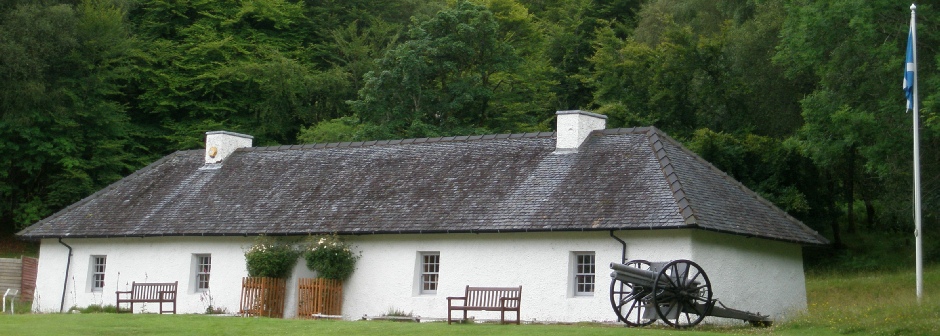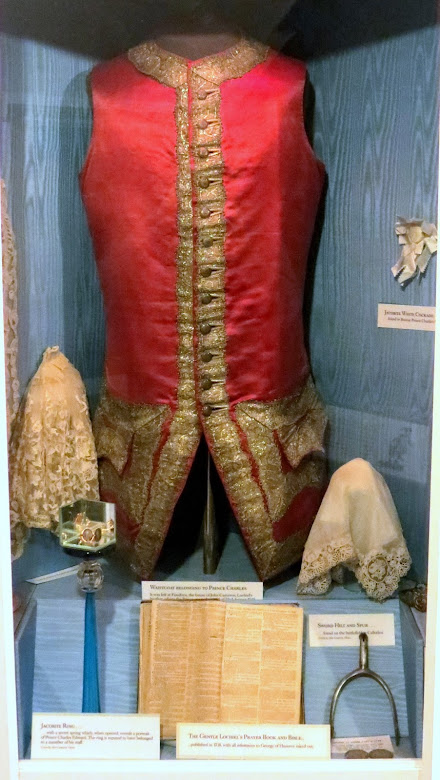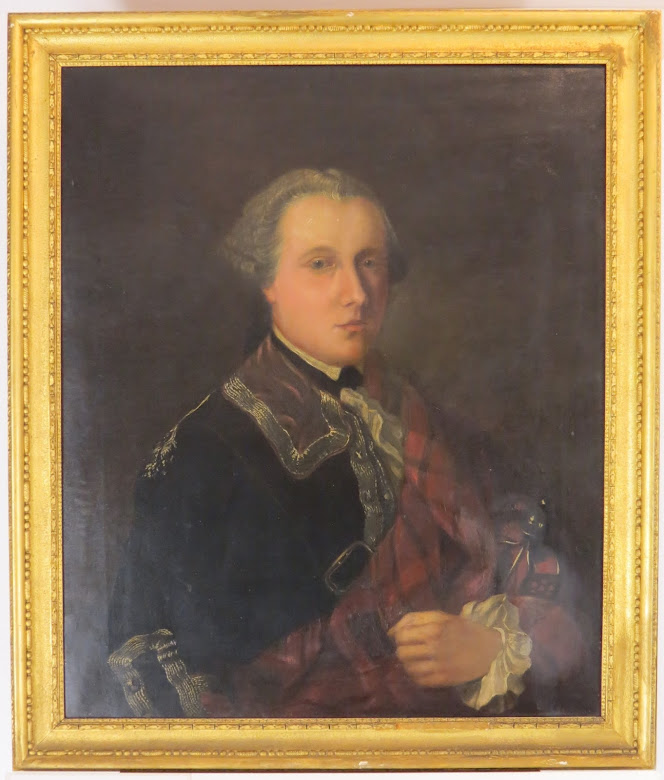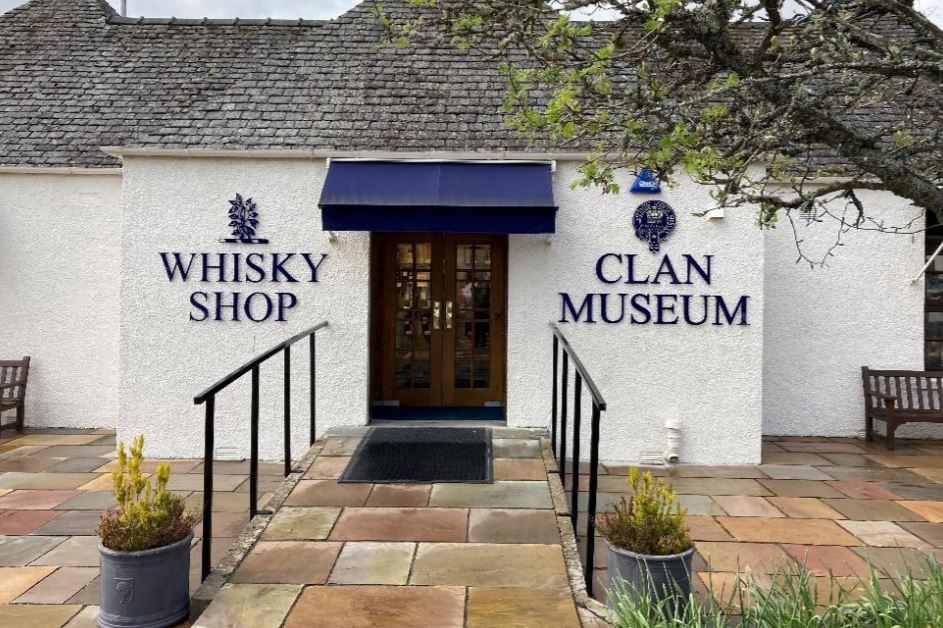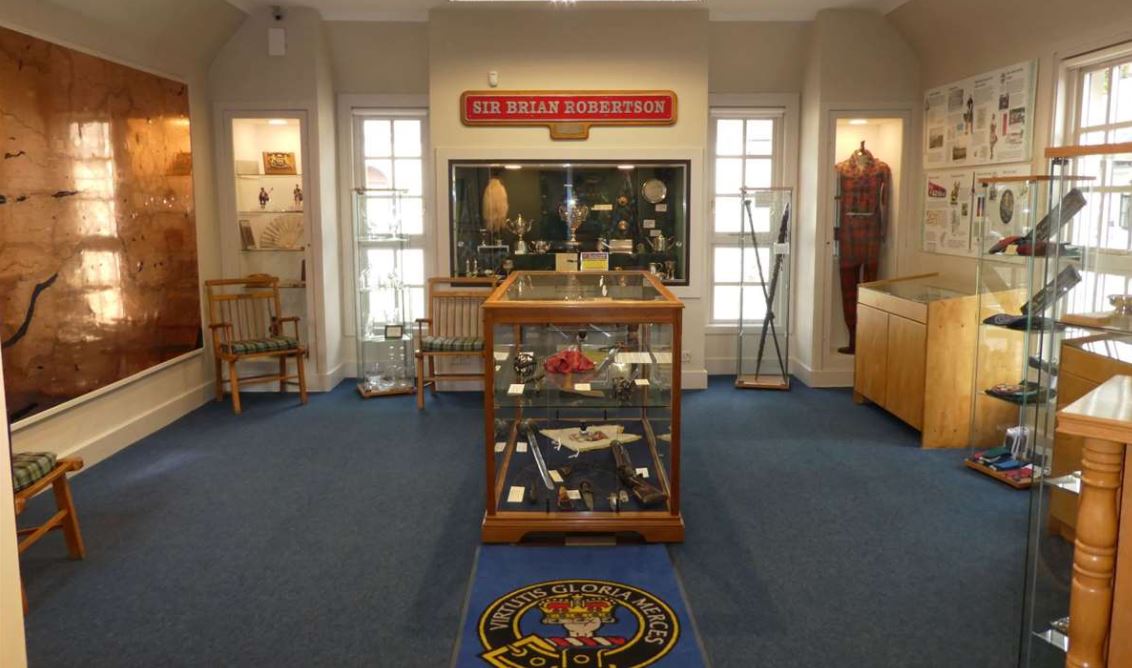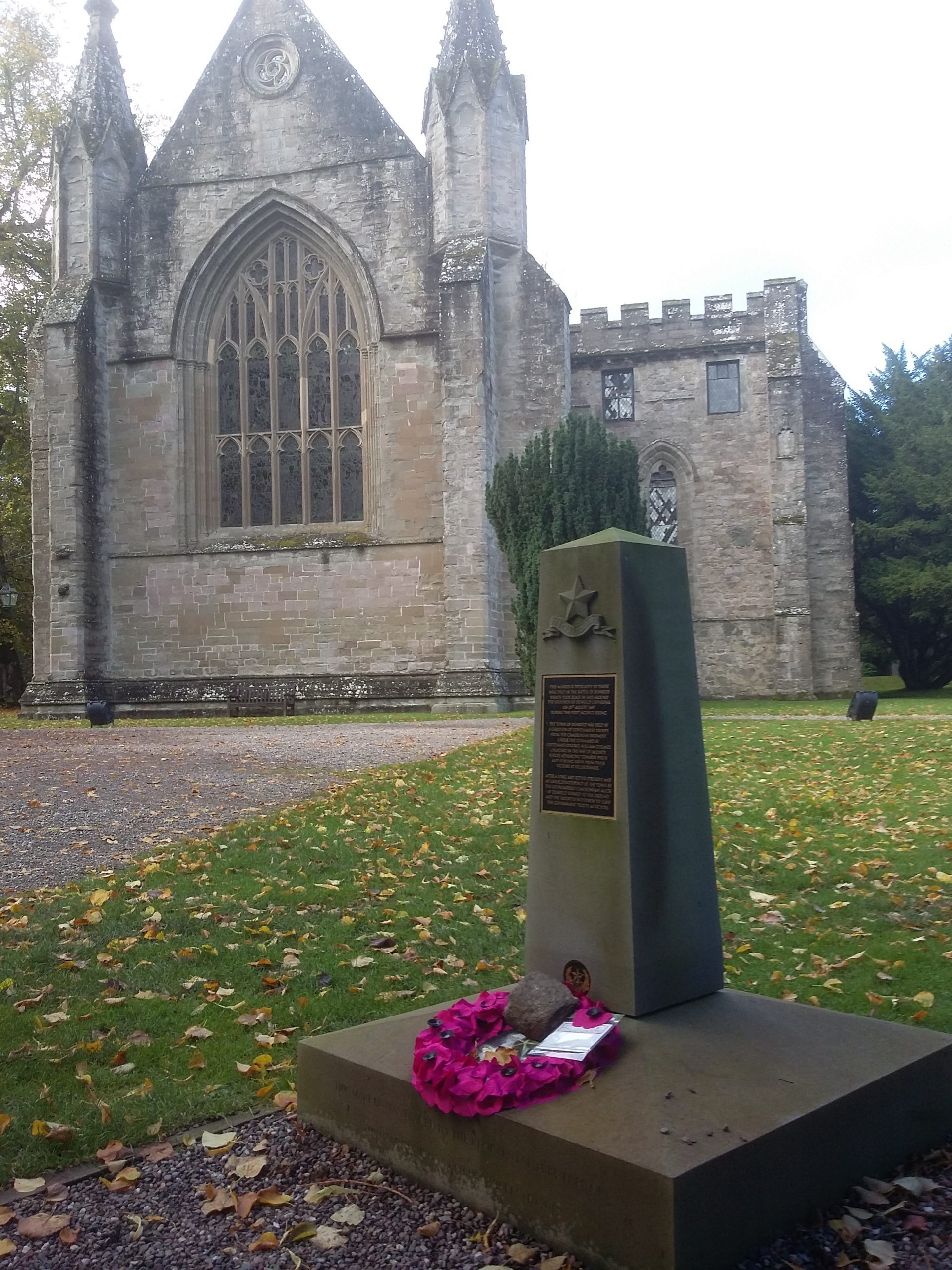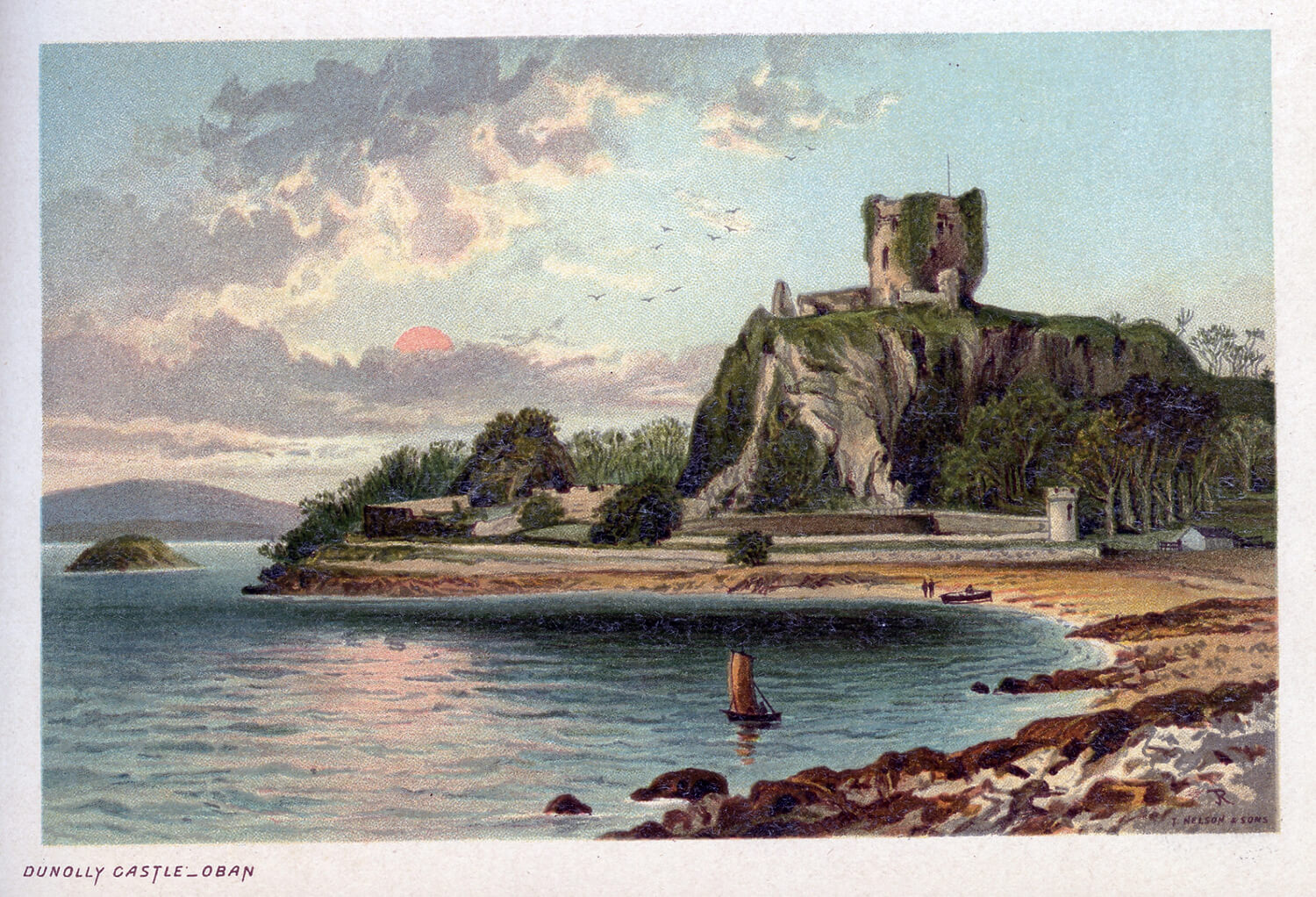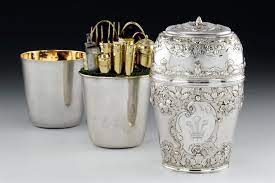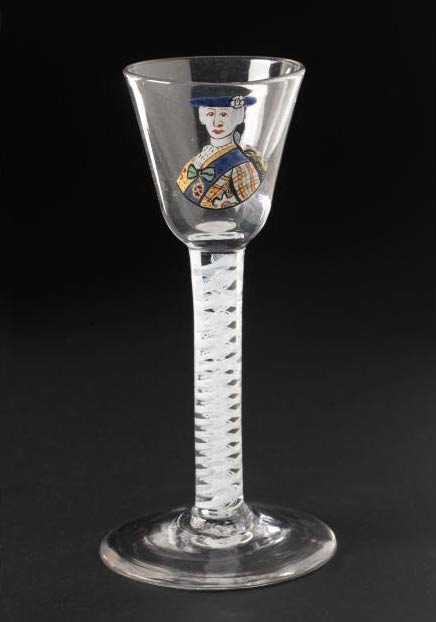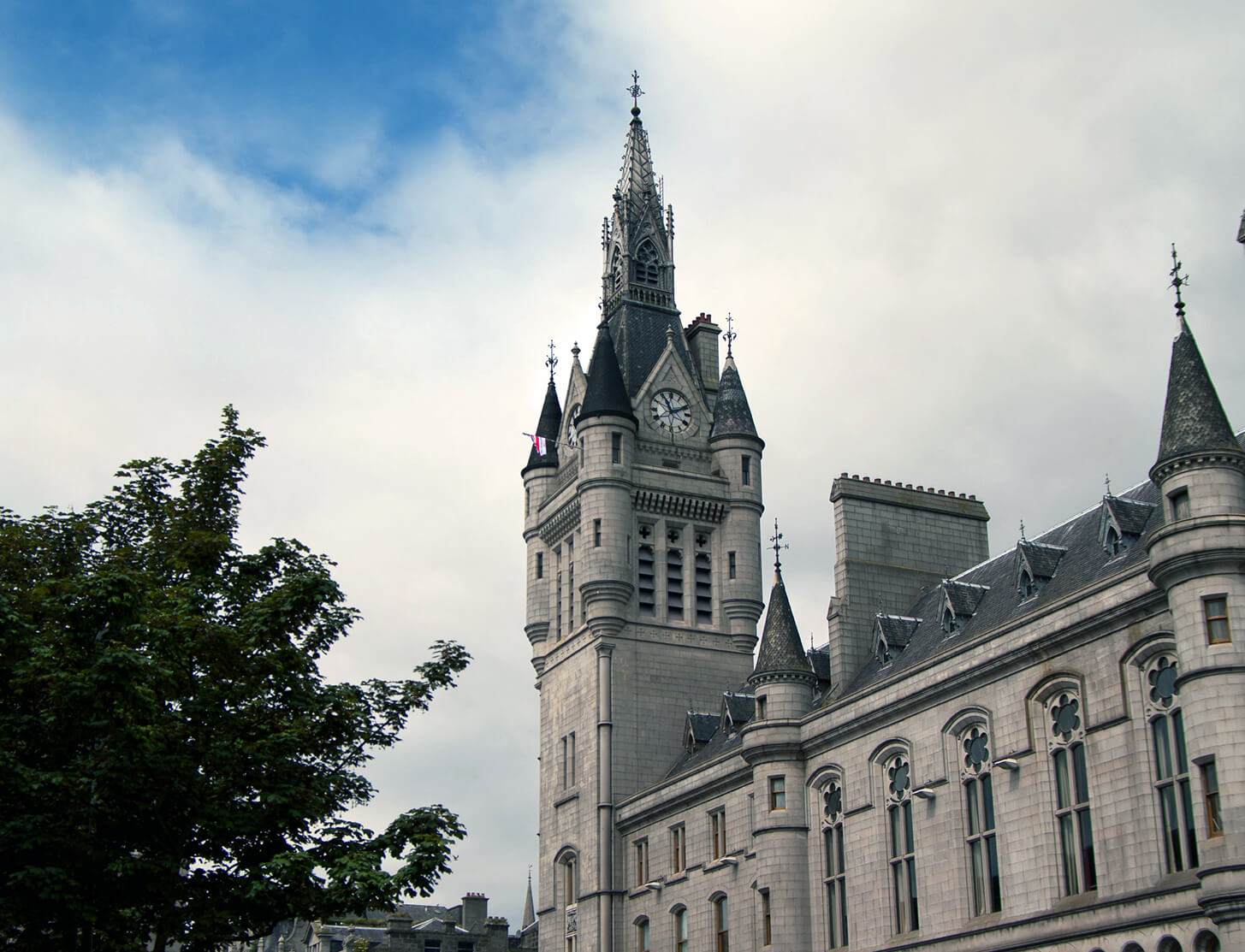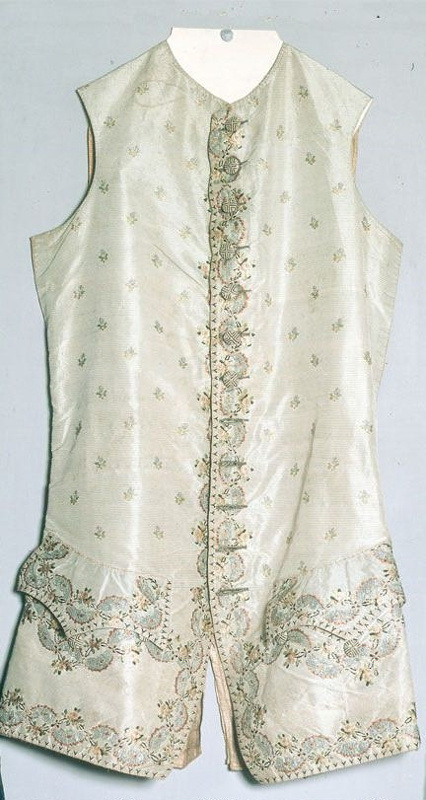Historic Balhousie Castle is both the home of The Black Watch and the unique setting for their regimental museum. The castle was owned by the Hay family, the Earls of Kinnoull. The Seventh Earl and his heir were imprisoned in Edinburgh Castle in 1715 for their Jacobite sympathies. The Black Watch was founded in 1739 as one of the companies that provided a 'watch' over the Highland clans. It was known in Gaelic as Am Freiceadan Dubh, 'the dark or 'black watch. The displays illustrate the history of the regiment.
Access
Opening hours. Admission charge. Parking, café, shop.
Website
Contact
Phone: 01738 638152
Email: enquiries@theblackwatch.co.uk




